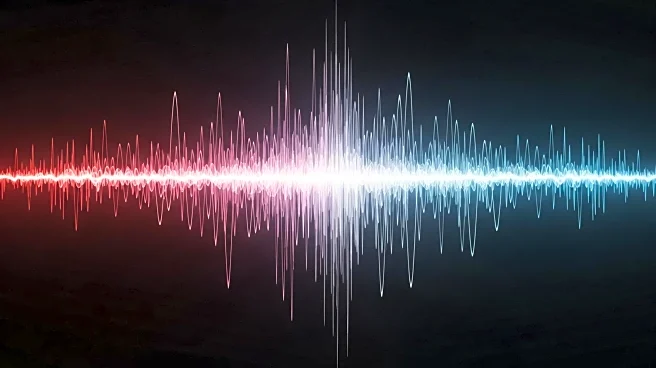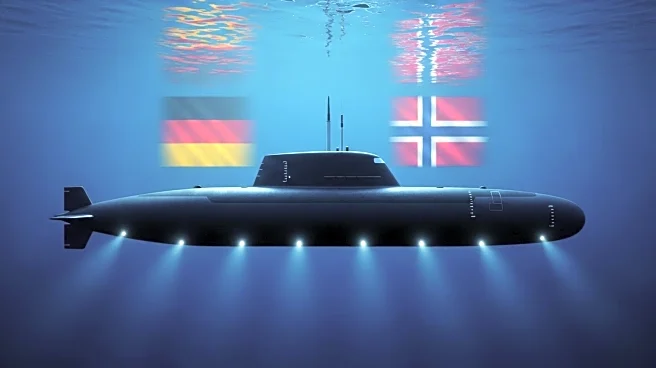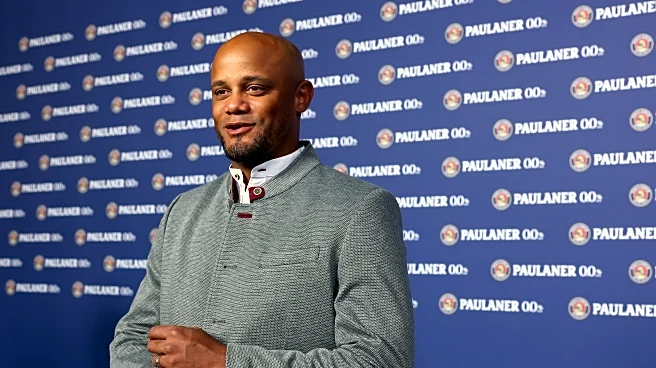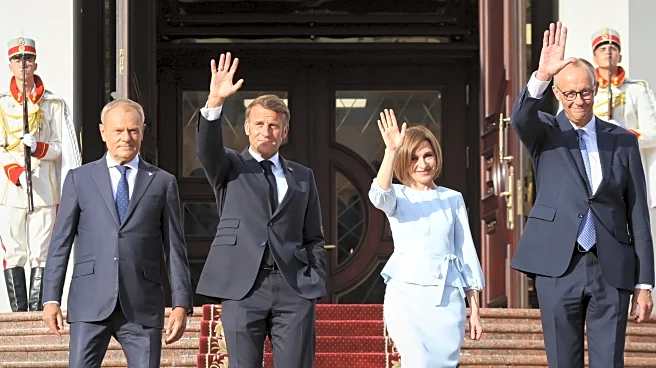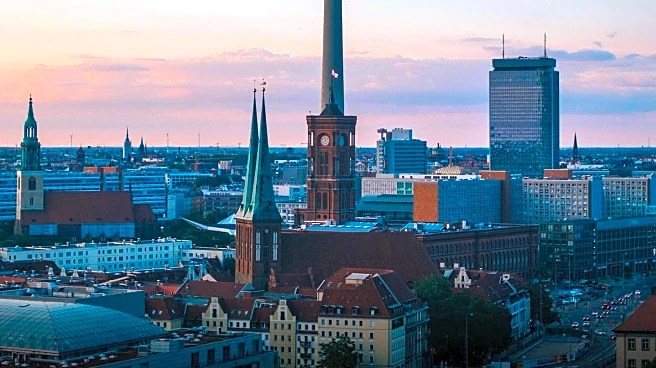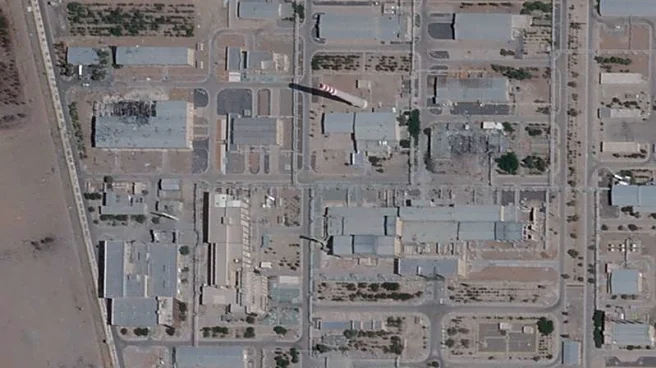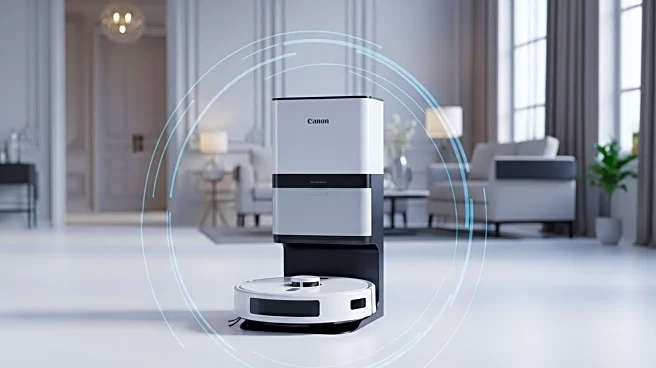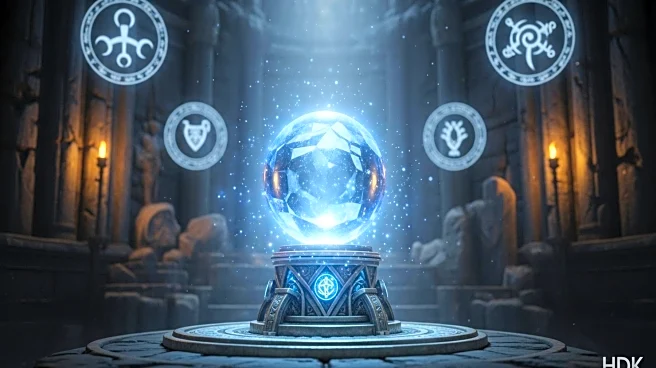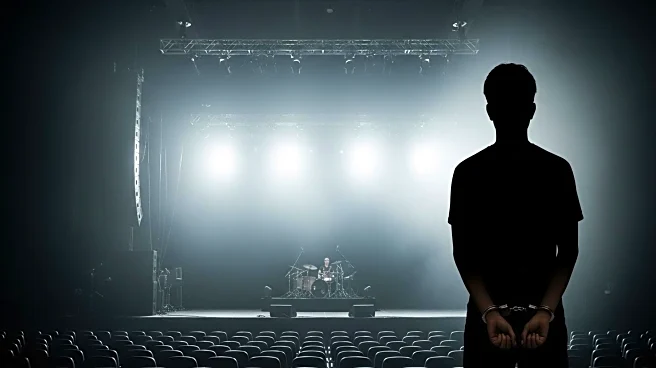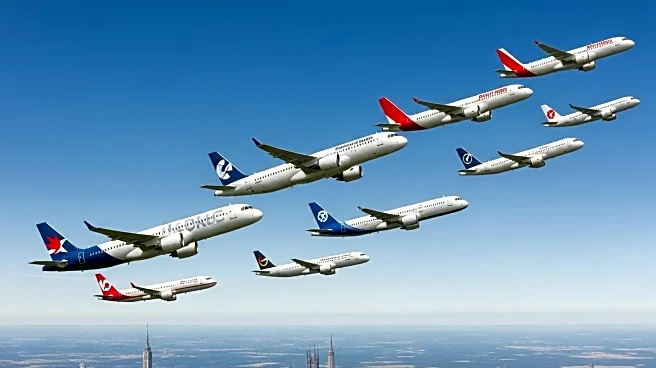What is the story about?
What's Happening?
Berlin Atonal, recognized as the first biennial rooted in music and sound, is redefining the boundaries of art by integrating experimental sound into visual culture. The event operates more like a rave than a traditional exhibition, with sound and space interaction driving the experience. Held in the Kraftwerk building, a decommissioned power station, the festival creates an immersive atmosphere where visitors experience sound as a physical and temporal phenomenon. The festival's co-director, Laurens von Oswald, emphasizes the importance of treating sound as a legitimate art form, central to the experience rather than background. This approach challenges conventional categorizations of art, music, and film, offering a dynamic and chaotic environment for attendees.
Why It's Important?
Berlin Atonal's approach to art and sound reflects a broader cultural shift towards hybrid forms of expression. By refusing to adhere to traditional thematic models, the festival offers a unique experience that resonates with contemporary cultural dynamics defined by collapse and hybridity. This challenges the conventional boundaries of art, encouraging audiences to engage with sound as a central element of artistic expression. The festival's success in selling out on music-focused platforms indicates a growing interest in interdisciplinary art forms, highlighting the potential for sound to influence visual arts and expand cultural production.
Beyond the Headlines
The festival's refusal to fix meaning in place may be seen as a response to the crisis in the biennial form, offering a terrain of sound, space, and movement for audiences to navigate. This ambiguity aligns with a cultural present characterized by fluidity and hybridity, challenging traditional notions of art and encouraging new forms of engagement. Additionally, the festival's inclusion of Palestinian artists amidst political scrutiny in Germany underscores the role of art in addressing complex narratives and fostering dialogue in challenging environments.
AI Generated Content
Do you find this article useful?
